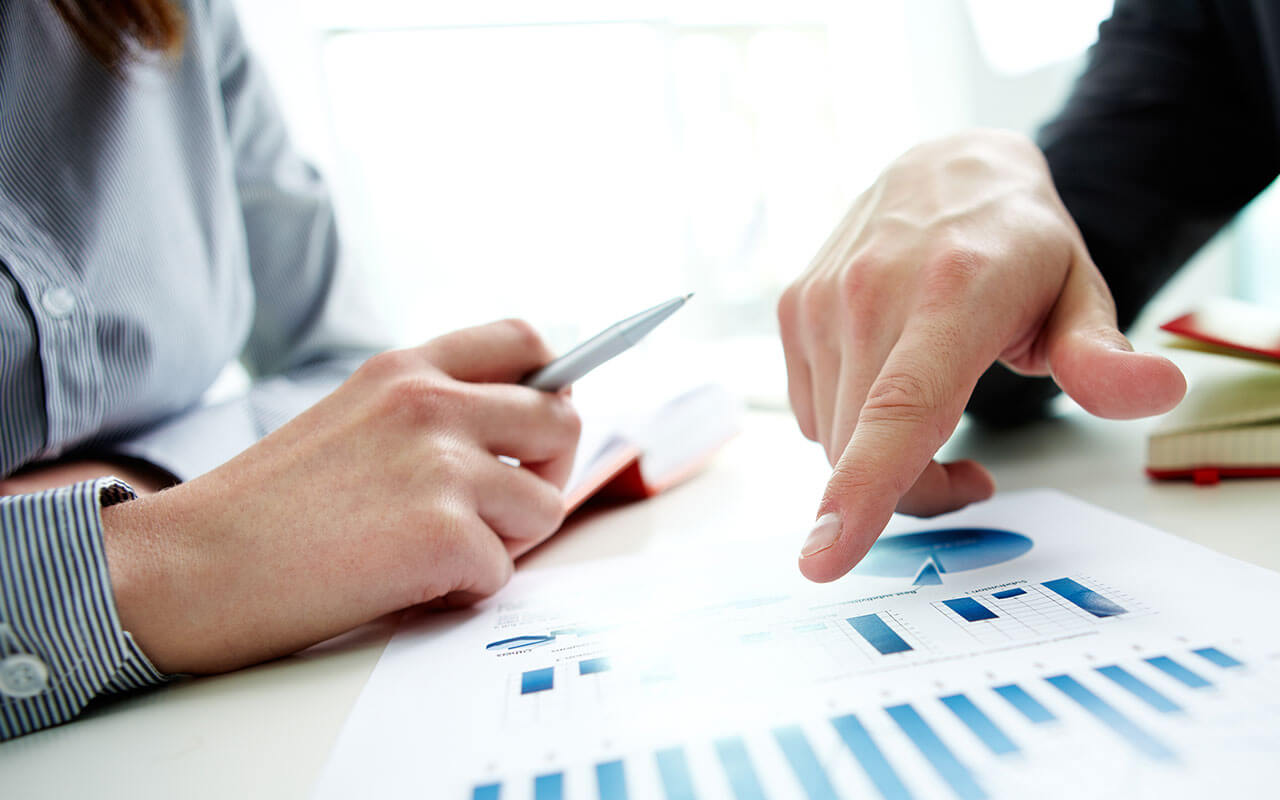During the period of 2010 – 2014, Panama was predicted by the Latin Business Chronicle to have the fastest growing economy in Latin America. When you take a closer look at Panama’s business development, you will see that this prediction came through.
Since 2014, Panama has remained in constant economic growth, with new companies, both local and international, being opened regularly. Therefore, if you plan on exporting to Panama, we are confident that you will make fair use of its growing economy. Discover all you need to know about Panama business opportunities, and familiarize yourself with export procedures in order to ensure your success!
Business opportunities to consider when exporting to Panama
Let us first go over the business opportunities that Panama has to offer. Due to its geographic location, most of Panama’s economy is based on a strong service sector, mainly eCommerce, international trade, and tourism. Continual development, along with sound business policies, have made it possible for Panama to become the largest regional financial center in the region.
- High-Quality Goods – The market in Panama is mostly oriented towards high-quality goods. This is due to the fact that there is a large number of high-class professionals living and working in Panama that have substantial disposable income.
- Infrastructures – A good way to make use of Panama’s economy is through infrastructure. With the logistics sector accounting for 35% of GDP, numerous transportation infrastructure projects are underway in order to support Panama’s economic expansion: Panama Canal expansion, rail and road modernization, etc. Moreover, since it is considered a tax-haven (lowest corporate tax in Latin America at 25%), numerous companies are looking towards opening their offices in Panama, or at least outsourcing some aspect of their business here. This leads to a practically constant need for office space, better transport options, and new housing.
- Power and renewable energy – Additionally, with Panama launching its new Plan for Energetic Transition 2020-2030, there are several ongoing projects in solar and wind energy that represent great opportunities to invest in. Panama is considered one of the most attractive countries to invest in renewable energy in Latin America and the Caribbean by Bloomberg New Energy Finance.
Top exports to Panama
Willing to find out what to export to Panama? According to the OEC, Panama has imported $29.5 billion in various goods in 2019. Among the top exports to Panama are:
- Mineral fuels and petroleum ($9.34 billion)
- Cruise ships, cargo vessels and tankers ($3.25 billion)
- Cars, trucks, tractors and auto parts ($1.02 billion)
- Oxygen amino compounds ($941 million)
- Packaged medicaments ($917 million)
- Sulfonamides ($495 million)
- Hard liquors ($350 million)
- Computers ($341 million)
- Perfumes ($256 million)
- Antibiotics ($214 million)
Challenges to consider when exporting to Panama
Exporting to Panama is quite similar to exporting to any other developed country in Latin America, so there are no notable challenges to mention. The only things to consider are the few import restrictions and getting a commercial license. Also, it is recommended to find a Spanish speaking logistics partner, as you might run into a language barrier with local authorities and companies.
A good idea is to also consult with a Panama lawyer and/or customs broker before setting up any business or trading operations. You may run into some difficulties with documentation if you do not take care of it beforehand as Panama’s judicial system can be arduous to deal with. This is especially important to remember if you require patent protection for your intellectual property. All in all, do yourself a favor and find a good Panama representative ahead of time.
Import restrictions and prohibitions
While Panama is relatively free when it comes to imports, there are certain items that are outright prohibited. Among them are:
- Equipment or instruments for manufacturing coins.
- Alcoholic beverages or medicines with labels that falsely describe contents, or require any kind of dangerous preparation.
- Certain firearms.
- Opium and derivatives
- Any document that negatively portrays Panama’s culture (be it brochures, books, newspapers, magazines, or postcards).
- Plants, seeds, or animals without prior confirmation from the Ministry of Agriculture.
Export to Panama: Customs clearance
The first thing to note about customs clearance in Panama is that all import duties are on an ad valorem basis. This means that the value of the tax is based on the transactional value of the property. In addition, all items imported to Panama have a 7% transfer or added tax, along with charges due to handling. Notable exceptions are:
- Pharmaceuticals.
- School supplies.
- Food.
If you are importing from the U.S., you may be able to import your items duty-free. This is due to the TPA (Trade Promotion Agreement) between Panama and the U.S., which makes over 87% of U.S. products duty-free for Panama import. It is advisable to study the customs info website and learn which items are currently under the duty-free exemption. Also, ensure that you state the country of origin on your products in order to avoid any trouble. Apart from that, you should know that Panama has adopted the Harmonized System of Tariff Nomenclature in 1995. This has made importing regulations and requirements similar to most countries that we have mentioned in previous articles.
Imports requirements and documentation
If you have a commercial license, you can freely import goods into Panama without any additional import licenses. A commercial license is also mandatory if you wish to do business in Panama, which is the main reason to obtain it. Apart from it, you will need a special import permit for all types of ammunition, firearms, or fertilizers. Furthermore, if you plan on importing non-food agricultural products, you will need to get the necessary Phytosanitary permits. While not mandatory, we would also advise you to get cargo insurance, as it can be quite helpful if something unforeseen happens during the transportation journey,
Proper labeling is also crucial in Panama, and it is important to ensure that it has been done according to standard requirements. Here you simply need to adhere to the same regulations that are imposed in the U.S. You should also ensure that labels come in both English and Spanish in order to avoid any issues down the line. Every label should state:
- The name and address of the manufacturer
- Lot number
- The product form, e.g. powder, liquid, etc.
- Listing of ingredients
- Expiration date
If there are any safety warnings for your products, ensure that they are stated in Spanish and are clearly visible.
Modes of transportation to and within Panama
Due to various government initiatives and foreign investments, the traffic infrastructure in Panama is expanding. The most common way of international shipping to Panama is by ocean freight. This is mostly due to the Panama Canal that sees over $270 billion of cargo on a yearly basis. Ocean freight is also a common option for importing to Panama through five seaport areas:
- Panama City
- Manzanillo
- Balboa
- Colon
- Cristobal
The largest airport in Panama is the Tocumen International Airport, which you’ll you will probably use if you plan to ship by air.
For on-road transport, you will probably need to organize local transport services. Before you do that, keep in mind that the language barrier can be a problem and that you should think of getting a specialized freight forwarder that can handle all the coordinations on your behalf.
Export to Panama now!
With all things considered, exporting to Panama can be a great idea. The infrastructure is sound, the economy is healthy, and the general tariffs and regulations are quite lenient. With a reliable freight forwarding partner, you can easily deal with shipping to Panama and ensure that your cargo arrives on time and safely.
As always, we would advise you to properly research the Panama market and its import/export procedures before you launch your project. Only then will you be ready to develop your export strategy and hopefully see terrific results.


 LAC Team
LAC Team


